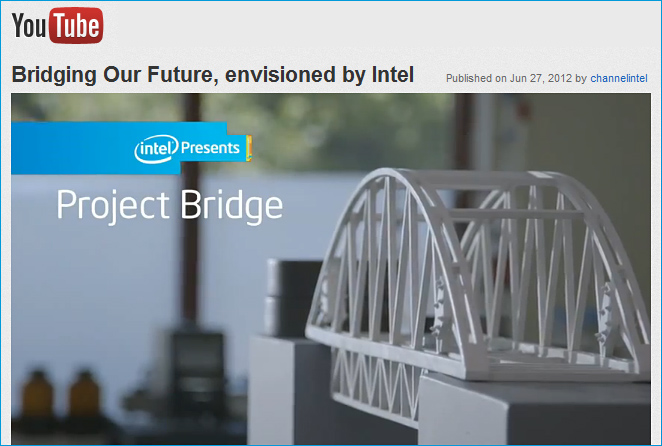10 things next gen districts will do well — from gettingsmart.com by Tom Vander Ark
Excerpt:
What will next generation districts do well? In the last week I’ve had the opportunity to discuss that question with hundreds of school board members and superintendents. Following are 10 attributes that emerged from those discussions:
Also see:
- Getting Smart connects digital learning & deeper learning in latest white paper — from Getting Smart Staff
‘How Digital Learning Contributes to Deeper Learning’ Offers a Deeper Learning Path to College & Career Readiness
.
























